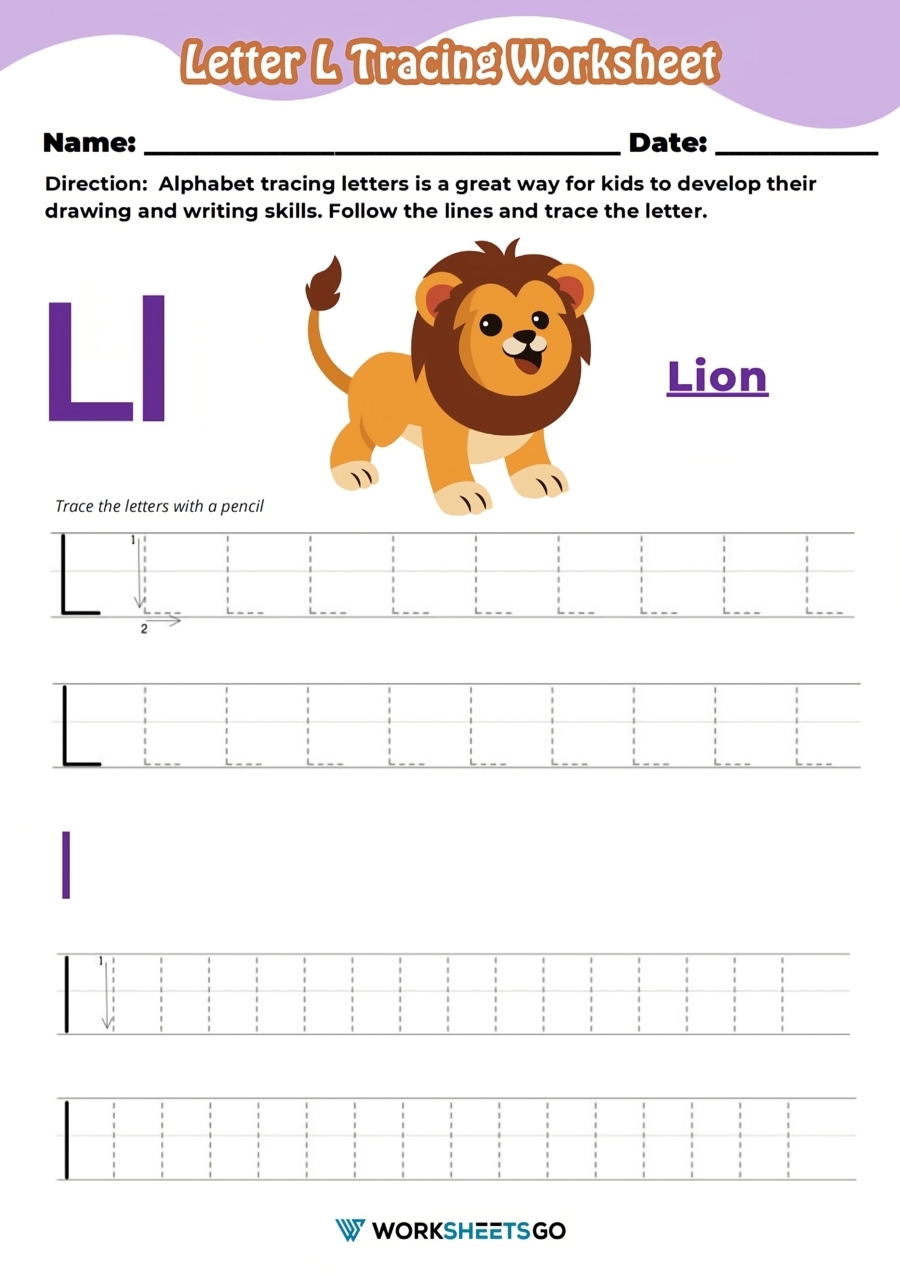As children begin their journey of learning the alphabet, it is important to provide them with engaging and interactive resources to help them grasp the concepts easily. Letter tracing worksheets are a great way to introduce preschoolers to letters and help them develop their fine motor skills. In this article, we will explore the benefits of using letter L tracing worksheets for preschoolers.
Letter tracing worksheets are designed to help children practice writing letters by tracing over dotted lines. These worksheets are not only fun and engaging but also help in improving hand-eye coordination and pencil grip. By focusing on one letter at a time, children can learn to recognize and write the letter effectively.
Benefits of Letter L Tracing Worksheets
1. Letter Recognition: Letter tracing worksheets help preschoolers recognize the shape and form of each letter. By repeatedly tracing the letter L, children can easily identify it in words and sentences.
2. Fine Motor Skills: Tracing over dotted lines in letter L worksheets helps children develop their fine motor skills. It encourages them to control their hand movements and improves their handwriting abilities.
3. Hand-Eye Coordination: Tracing letters requires children to coordinate their hand movements with their visual perception. This activity enhances their hand-eye coordination, which is essential for writing and other motor tasks.
4. Pencil Grip: Using a pencil to trace letters in worksheets helps children practice their pencil grip. This skill is crucial for writing legibly and comfortably. Letter tracing worksheets offer a playful way to enhance pencil grip in preschoolers.
In conclusion, letter L tracing worksheets for preschoolers are a valuable resource for teaching letter recognition and developing fine motor skills. These worksheets provide a hands-on approach to learning the alphabet and prepare children for more advanced writing tasks. Incorporating letter tracing activities into the curriculum can make learning letters enjoyable and effective for young learners.
